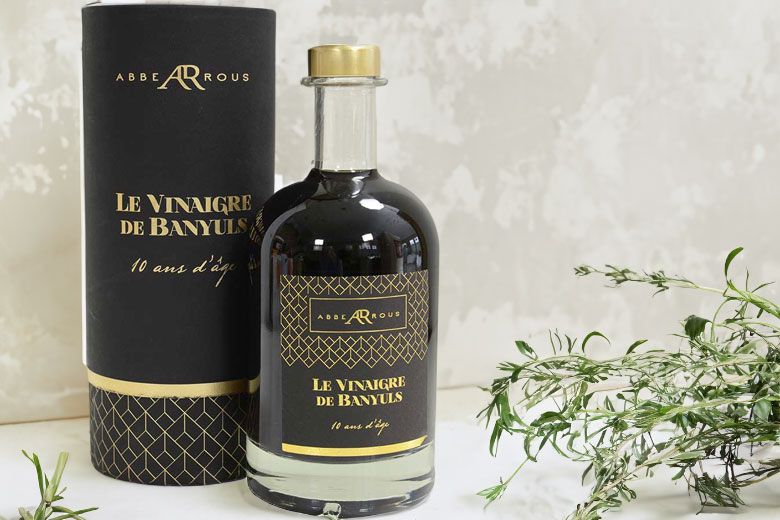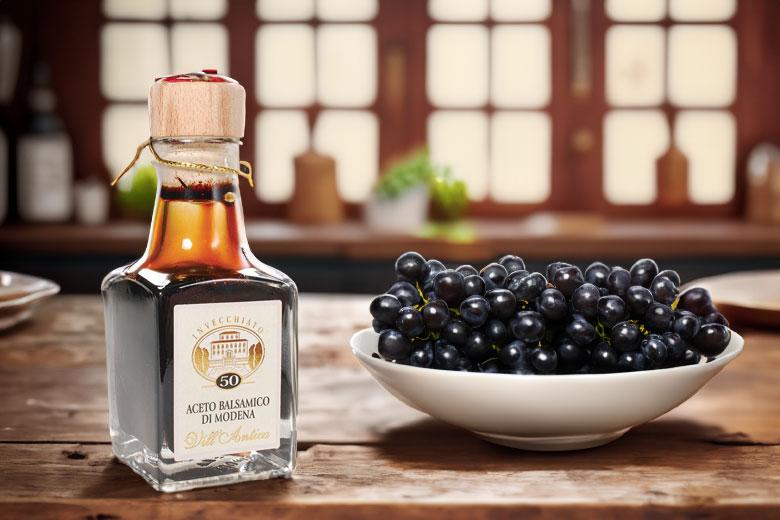From eating to cleaning to detoxing to stain remover, we love and use this on a daily basis, so it's surprising that when asked, very few of us can answer the basic question: what is vinegar?
Vinegar is acetic acid in a concentration that can vary from 5% to 20%, mixed with water and traces of other chemicals and flavorings. It is acetic acid that gives that classic pungent smell and sour taste. That is obviously the scientific definition, and perhaps a bit more than the layman or woman can chew. Basically, vinegar is alcohol, specifically ethanol, that’s been left out to mix with oxygen and created bacterial fermentation.
The original use of vinegar – which was discovered across the world, independently by many cultures – was to pickle or preserve foods. Storing the food in it kept it from going bad, which meant it could be consumed much later, but it also had one additional benefit: it changed the flavor, gave it that classic sour twist that we’ve come to know and love.
Where does vinegar come from?
Have you ever wondered, what is vinegar made of? Same! So essentially, vinegar is made from sugar, and because sugar is naturally occurring in many fruits, vinegar is mostly made from different types of sweet fruit, like apples and grapes.
But there’s also red wine, white wine, rice, malt (used in England for the famous fish and chips), sherry, grape like Muscat and Champagne, and then of course fruit vinegars from a cornucopia of flavorful fruits, like raspberry vinegar, fig vinegar and pear, just to name very few.

So how is vinegar made? Vinegar is made through a two-step fermentation process. The first step is alcoholic fermentation, where yeasts convert sugars from various sources (that would be the sugar-filled fruits, grains, or rice) into ethanol. For example, apple juice will ferment into hard cider, and grape juice into wine. The second step is acetic acid fermentation, where acetic acid bacteria oxidize the ethanol into acetic acid in the presence of oxygen.
Vinegar can be made from anything with sugar, which is why there are so many different varieties in the market. The most popular one is by far apple cider, which has become an almost cult item in our society.
Different types of vinegar
Depending on what type of cooking you do, you’ll want to keep a few different types in solid rotation. Let’s explore and provide information of the most popular varieties and how they’re used.
Apple cider vinegar
Made from fresh apple juice, it is one of the most versatile, useful to make quick and flavorful vinaigrettes, as a base for many sauces, for meat marinades, for basic pickling and for washing fruit and greens.
Rice vinegar
Made from sake, this is essential if you cook a lot of Asian dishes, like sushi. It’s sweet and mild and incredibly delicious.
Red wine vinegar
Made from fine red wine, it is a must-have, as it is the base for many French sauces and to match up to bolder flavors, where others might get lost.
Balsamic Vinegar
Balsamic, rich, deep and complex, should always have a special spot in your kitchen. Use it for glazes, drizzle it over greens, fresh mozzarella, strawberries or hard cheeses.
How To Store Vinegar

A must is storing them always in a cool, dark place in your pantry, to preserve their flavor, quality, and effectiveness. Why? Heat and light exposure can trigger chemical reactions that degrade the taste and aroma, so basically they just won’t taste as good or as intense. Sometimes, improper storage can still lead to the growth of mold or the formation of a "mother," a substance that while harmless, is just not attractive.
Heat can also cause the acetic acid to evaporate or break down, reducing its acidity, which is really crucial for some recipes. Proper storage will prolong the shelf life, ensuring it remains usable and effective for longer periods of time.
Other things that can affect it? Light! Light exposure can lead to oxidation, affecting the color and taste of vinegar. For example, balsamic can darken and develop off-flavors if exposed to too much light.
How To Cook With Vinegar and Uses
- Salad Dressings: balsamic, apple cider, red wine, and rice vinegar are commonly used to make vinaigrettes and salad dressings. They add a tangy flavor that balances the oil in the dressing.
- Marinades: these are excellent marinades for meats, poultry, and fish. They help tenderize the protein and add a depth of flavor.
- Pickling: a key ingredient in pickling vegetables. White, apple cider, and rice vinegar are popular choices thanks to their acidity and flavor profiles.
- Cooking and Sauces: where they enhance the flavor of sauces, soups, and stews.
- Baking: it’s sometimes used in baking to react with baking soda, providing leavening for cakes and bread.
- Deglazing Pans: After sautéing meats or vegetables, adding a splash to de-glaze the pan, lifting the browned bits.
- Preserving Color: Adding a bit of vinegar to boiling water can help preserve the color of vegetables like beets and red cabbage during cooking.
- Flavor Enhancer: A splash can brighten up the flavors of many dishes, including soups, sauces, and even desserts like fresh berries with a drizzle of balsamic.